The News-Hub/ Articles
Back to Articles
Recommended Articles
Eco-friendly Toothbrush: An Alternative to the Synthetic Toothbrush in 2021
Hey you, yes you!
Did you know that that plastic toothbrush of yours will be around for the next 1,000 years?
It will most likely end up in a landfill or in the ocean where it will be mistaken for food by marine life, or left to degrade over the years and transform into microplastics. Eventually, these microplastics could end up on your dinner plate.
Now, I know what you’re thinking: surely one little toothbrush can’t cause that much damage? But the truth is, it can. Every single plastic toothbrush you buy is contributing to a much larger environmental problem.
Here are just a few shocking facts about plastic toothbrushes and other single-use plastic items:
- Over one billion plastic toothbrushes are thrown out each year in the United States, enough to stretch around our world four times.
- 4.7 billion plastic toothbrushes end up in landfills every year.
- By 2050, almost every single seabird on Earth will be consuming plastic.
What are Plastic Toothbrushes Made From?
Plastic toothbrushes are not sustainable because of the materials used to make them. They are mostly made up of crude oil (also known as petroleum). Crude oil is a naturally forming energy resource, which is created through the heating and compression of organic materials by the earth’s crust over millions of years. For this reason, it is a non-renewable energy resource.
The majority of the crude oil that we use today comes from prehistoric algae and zooplankton. These can be found at the bottom of oceans and lakes. As such, crude oil is often extracted from the earth by drilling. Crude oil extraction comes with a wealth of its own negative effects on the environment. These include disrupting wildlife habitats, spoiling pristine landscapes, light pollution, and the horrifying aftermath of oil spills.
In 2010, the world was horrified to witness the Deepwater Horizon oil rig spill, one of the worst in history, which resulted in an ecological catastrophe. The Deepwater Horizon oil rig was situated in the Gulf of Mexico, approximately 40 miles off the coast of Louisiana. All in all, more than 300 Olympic-sized swimming pools of oil was pumped into the Gulf’s waters after an explosion. The Gulf of Mexico is one of the most biologically rich regions in the world, and significant habitat restoration was needed after the disaster.
The entire cost of the clean-up was estimated to be in the billions. The world’s media swooped to the scene and, over the following months, the public was met with disturbing images of turtles and seabirds covered in oil. Fortunately for shore habitats, strong outward ocean currents prevented some of the oil from reaching land, but the event was still one of the biggest environmental disasters in recent years.

Photo by Markus Spiske from Pexels
As well as affecting wildlife, oil drilling has also affected human beings. In Ecuador, South America, the indigenous Waorani tribe won a legal battle to prevent the government from selling land in the Amazon rainforest to oil companies for drilling. This was a historic win; in the past, tribes had been forced to move or put up with contaminated water and food as a result of drilling.
If you are the owner of a plastic toothbrush, it is extremely likely that it contains crude oil which was drilled up from the bottom of the ocean. The crude oil that makes up your toothbrush could have even come from the Gulf of Mexico…
In addition to crude oil, the materials used in plastic toothbrushes include rubber and an additional mix of plastic and cardboard for the packaging. This is particularly problematic seeing as plastic toothbrushes have to be thrown out every three months. This means that in your lifetime alone, you will use approximately 300 toothbrushes. Imagine what that figure would be for the 7.8 billion people on the planet!
As we have seen, plastic toothbrushes are not sustainable because of the materials that are used to make them. However, fortunately, there are other toothbrushes available which are 100% sustainable.
Are Electric Toothbrushes Sustainable?
Is that fancy electric toothbrush of yours a deal-breaker in the game of sustainability? Egh, unfortunately not…
In addition to being made out of both plastic and rubber, electric toothbrushes have the problem of disposable batteries; when not disposed of properly, these batteries cause harmful damage to the environment. Significantly, even those impressive rechargeable batteries eventually have to be replaced over time and end up in landfills, leaking out battery acids that harm local wildlife.
What is the Most Sustainable Toothbrush?
Thankfully, there is a solution to the unsustainability of plastic toothbrushes, which comes in the form of Moso bamboo, which is native to East Asia. Moso is a fast-growing bamboo, so there is always an abundance of it.
Toothbrushes which are made out of Moso bamboo are 100% sustainable and will take around six months to fully compost. Unlike plastic, Moso bamboo is antimicrobial, meaning that you won’t have to worry about your toothbrush harbouring all kinds of nasty bacteria. Why not check out Purple Turtle’s very own bamboo biodegradable toothbrush at: https://purpleturtleco.com/products/10-organic-bamboo-biodegradable-toothbrush-set.
Another ideal plastic toothbrush alternative is the wheat straw toothbrush. Wheat straw is the stalk left over after wheat grains are harvested. It is fully biodegradable. As a result, wheat straw toothbrushes are one of the most sustainable toothbrushes you could buy. They are also a great option if you’re searching for the perfect eco-friendly travel toothbrush.
As well as being a great alternative to synthetic toothbrush materials, wheat straw has also become a popular alternative to plastic straws.
How Long Does it Take for Wheat Straw to Decompose?
Wheat straw takes between just three and six months to fully decompose – approximately the same time as paper! As wheat straw leaves behind no toxic substances, it is fully compostable too, giving way for future plants to grow.
Along with eco-friendly toothbrushes, sustainable toothpaste is also a thing! Surprisingly, regular toothpaste is damaging to the environment because its manufacturing process uses harmful plastics and chemicals. Fortunately, sustainable toothpaste called “Cool paste” was invented back in 2012!
So, why not purchase both?
Plastic toothbrushes are not sustainable. As seen, the materials used to make these toothbrushes, such as crude oil and plastic, cause more harm than good. However, we now have the choice to become ecologically-conscious citizens.
So, let’s do our bit for the world and make a contribution to saving the planet. We are living in such challenging times, so why not make the switch to a sustainable toothbrush today, knowing that your actions will combat pollution and make this world a cleaner, better place?
1 comment
Empty content. Please select category to preview

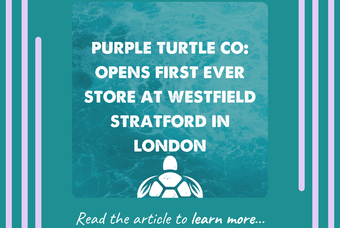

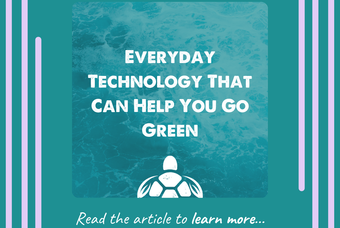
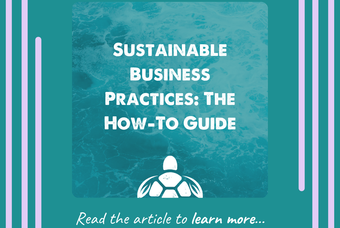
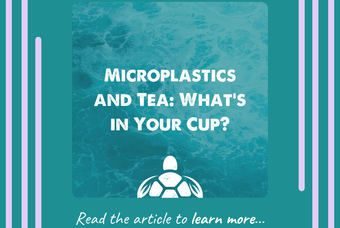
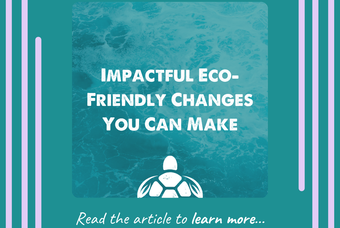
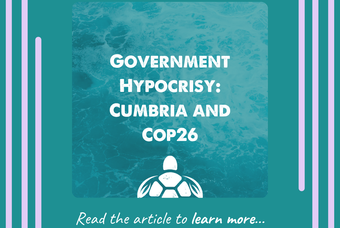
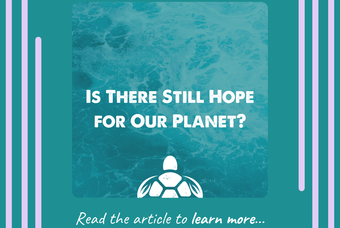
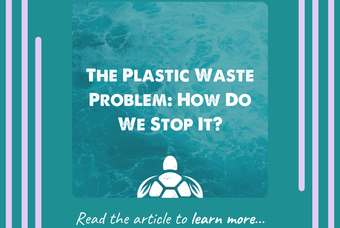
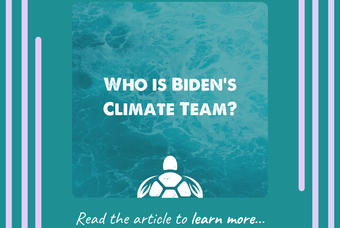
Excellent message on toothbrushes and tooth paste, I will buy the cool paste for my family
We are already using bamboo toothbrushes